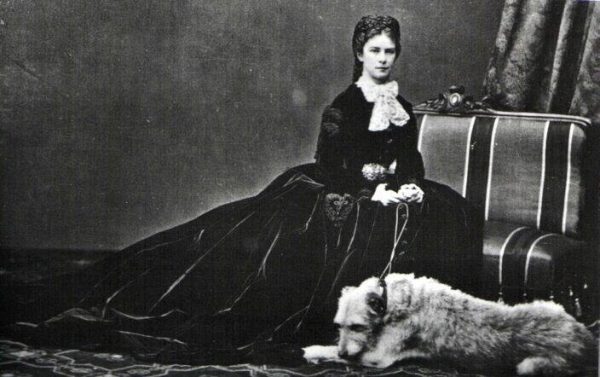
The Irish Wolfhound’s history is shrouded in the hazy mists of time, but it’s known to be an ancient breed mentioned in Irish laws predating Christianity by some 7,000 years. In those old texts, the dogs were referred to as “cú” or “Cú Faoil” ((pronounced Koo-Fil) which some have translated to alternately mean Irish hound, hound, wolf dog and war dog. Only kings and nobility were allowed to own the impressive hound, the numbers of them determined by the person’s social status and position.
Irish Wolfhounds were used as hunters as well as war dogs, and also to guard property and all that stood on it. These dogs were held in such high regard that it’s said battles were fought over them.
In the 13th century, King John of England gave one to Llewellyn, a prince of Wales, and over the centuries, royals across Europe were owners or were gifted them by other royals. That said, by the 19th century, the breed was close to extinction. A few families, mostly descendants of old Irish chieftains, held the few remaining wolfhounds.
Captain George Augustus Graham along with a few other breeders is credited for reviving the breed. He wrote in 1879: “It has been ascertained beyond all question that there are few specimens of the breed still left in Ireland and England to be considered Irish wolfhounds, though falling short of the requisite dimensions. This blood is now in my possession.” Graham devoted the rest of his life to ensuring the survival of the breed.
Image of Empress Elisabeth of Austria with her Wolfhound in 1869
